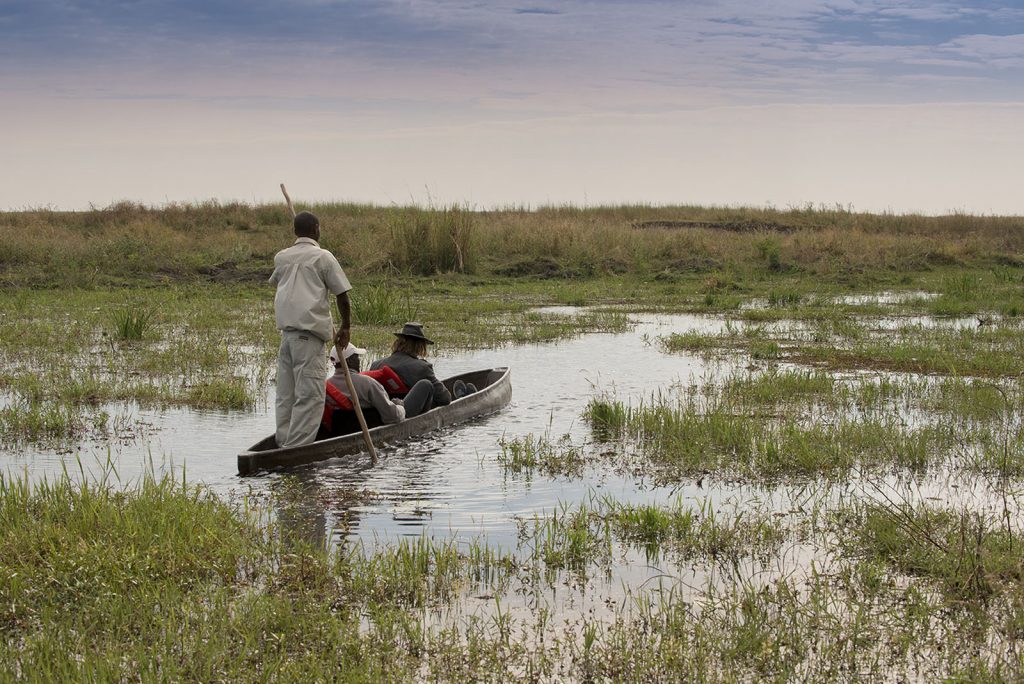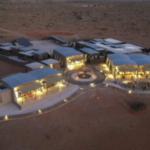 The Okavango Delta, a UNESCO World Heritage Site, is one of Africa’s premier safari destinations. Renowned for its pristine landscapes and incredible wildlife, this unique ecosystem offers unforgettable safari experiences. To make the most of your trip, it’s crucial to know the best time to visit. Let’s explore the seasonal variations in the Okavango Delta and determine the optimal time for your safari adventure.
The Okavango Delta, a UNESCO World Heritage Site, is one of Africa’s premier safari destinations. Renowned for its pristine landscapes and incredible wildlife, this unique ecosystem offers unforgettable safari experiences. To make the most of your trip, it’s crucial to know the best time to visit. Let’s explore the seasonal variations in the Okavango Delta and determine the optimal time for your safari adventure.
The Seasons in the Okavango Delta
The Okavango Delta experiences three main seasons: the dry season, the wet season, and the shoulder seasons, each offering distinct experiences.
1. Dry Season (May to October)
The dry season is widely considered the best time for a safari in the Okavango Delta. Here’s why:
- Wildlife Viewing: As the water levels rise due to seasonal floods, animals congregate around the permanent water sources. This concentration of wildlife makes for spectacular game viewing. You can expect to see elephants, buffalo, lions, leopards, and an array of bird species.
- Weather: The dry season brings cooler temperatures, especially in the mornings and evenings, making it comfortable for safari activities. Daytime temperatures range from 20°C to 30°C (68°F to 86°F).
- Scenic Beauty: The floodwaters create a stunning contrast with the dry surroundings, transforming the delta into a lush oasis. The landscape is vibrant, and water-based activities like mokoro (dugout canoe) excursions are at their best.
2. Wet Season (November to April)
The wet season, also known as the green season, has its own unique charm:
- Bird Watching: This is the prime time for bird enthusiasts. Migratory birds arrive, and the delta becomes a haven for over 400 bird species, including the elusive Pels Fishing Owl.
- Lush Scenery: The rains rejuvenate the landscape, painting the delta in various shades of green. It’s a photographer’s paradise with dramatic skies and vibrant flora.
- Lower Rates: Many lodges offer lower rates during the wet season, making it a more affordable option for travelers.
However, there are some challenges:
- Accessibility: Some areas may become inaccessible due to flooding, and roads can be muddy, impacting game drives.
- Wildlife Dispersal: With abundant water sources throughout the delta, animals are more dispersed, making game viewing less predictable.
3. Shoulder Seasons (April and November)
The shoulder seasons offer a mix of advantages from both the dry and wet seasons:
- April: As the wet season ends, the delta starts to dry up, and wildlife begins to congregate around remaining water sources. The landscape remains lush, and temperatures are moderate.
- November: The onset of the wet season brings the first rains, but the delta isn’t fully flooded yet. This time offers good game viewing and bird watching opportunities, with fewer crowds and moderate rates.
Choosing the Best Time for Your Safari
Ultimately, the best time to visit the Okavango Delta depends on your interests and priorities:
- For Wildlife Viewing: The dry season (May to October) is ideal for concentrated wildlife sightings and comfortable weather.
- For Bird Watching: The wet season (November to April) offers unparalleled bird watching opportunities and lush scenery.
- For a Balanced Experience: The shoulder seasons (April and November) provide a blend of good wildlife viewing, bird watching, and scenic beauty, with fewer crowds and moderate rates.
Tips for Planning Your Safari
- Book Early: The dry season is peak tourist time, so book your accommodations and tours well in advance.
- Pack Accordingly: Lightweight, breathable clothing for the day, warm layers for the evening, and waterproof gear for the wet season.
- Consult Experts: Consider booking with a reputable safari company like Knap Tours, which can tailor your experience based on the season and your preferences.
Embarking on a safari in the Okavango Delta is a once-in-a-lifetime experience, offering a chance to witness one of the world’s most extraordinary ecosystems. By choosing the best time to visit, you can ensure your adventure is as magical and memorable as possible.



